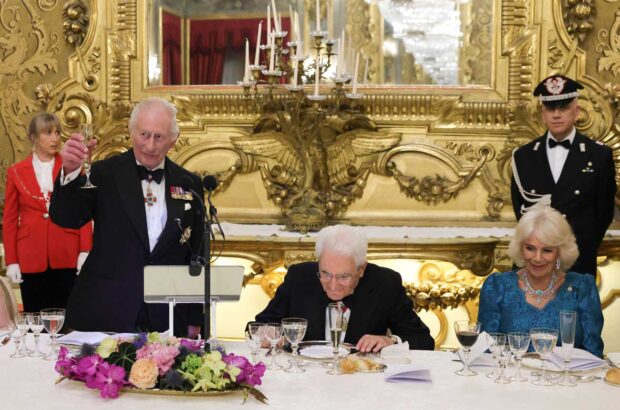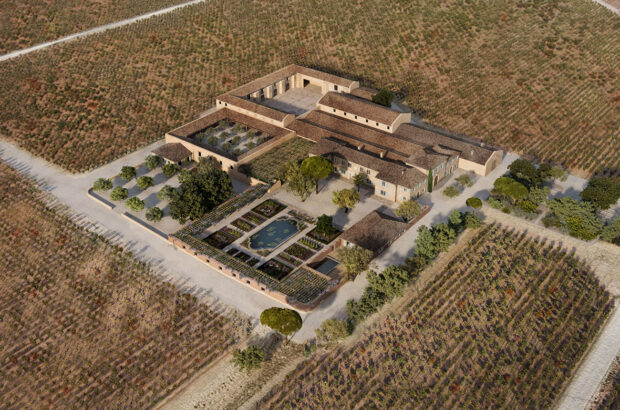Year after year, as spring and summer roll round again, wine drinkers just have to scratch their rosé itch. With such varying styles to choose from, there’s little chance of getting bored.
Rosé is a particularly brand-led category, with many endorsed by celebrities and flooding social media. As a result, for many rosé has become aspirational, a lifestyle choice.
While in some ways this could be seen to damage rosé’s reputation – contributing to it being taken less seriously and being seen as a simple poolside quaffer – it has also propelled the category to the forefront of bar and restaurant wine lists.
In fact, a 2023 report from data and insights consultancy CGA found that 34% of consumers in the UK now typically drink rosé in bars and restaurants with 21% drinking it more often than they were a year before. This is perhaps an indication that rosé wines are becoming more highly regarded and more often considered as viable options for food and wine pairing.
Scroll down for 30 great rosé wines to try
How is rosé wine made?
There are three main methods of making rosé wine: direct press, short maceration (including saignée), and blending.
With the direct press method, red grapes are picked, put into a press and crushed gently. The grape skins remain in contact with the juice until the desired level of pink is achieved. Sometimes a small proportion of white grapes can be co-pressed and co-fermented with the red grapes, which can increase acidity and freshness. This is allowed in appellations such as Côtes de Provence.
Alternatively, grape skins can be macerated in the grape juice for a short period before pressing and fermentation – the longer the maceration period, the darker the colour of the rosé. The saignée method is a type of short maceration, and typically involves bleeding a proportion of pink-tinged juice out of a tank destined to make red wine. The juice has been in contact with the grape skins for a short amount of time, and is therefore pale pink in colour. Often the remaining wine in the tank will go on to be made into red wine, but on other occasions the saignée method is used with the express intention of making rosé. Decanter‘s expert Elizabeth Gabay MW says: ‘Producers are now choosing to make these wines separately from the red wines, harvesting earlier to maintain freshness.’ As a result, these wines ‘have both full-bodied freshness and darker colour,’ she says.
Some basic rosés use a small amount of red wine blended into a white wine. Most EU appellations do not permit this method, with rosé Champagne being the notable exception.
Does the colour of rosé matter?
Rosé wines can be found in varying shades of pink. Pale-coloured rosés, which are widely considered to be the Provence style, are often perceived to be less sweet than their darker counterparts. However, colour is not an indicator of sweetness, nor is it an indicator of quality.
Don’t overlook the darker styles; with some research a savvy drinker can discover some excellent examples which are bone dry, delicious, food-friendly and versatile.
They tend to have more tannin and structure than their paler cousins, making for a very gastronomic style of wine. They can be paired with any number of dishes, from vegetable and tomato-based Mediterranean-style sauces, to grilled meats and spicy dishes.








